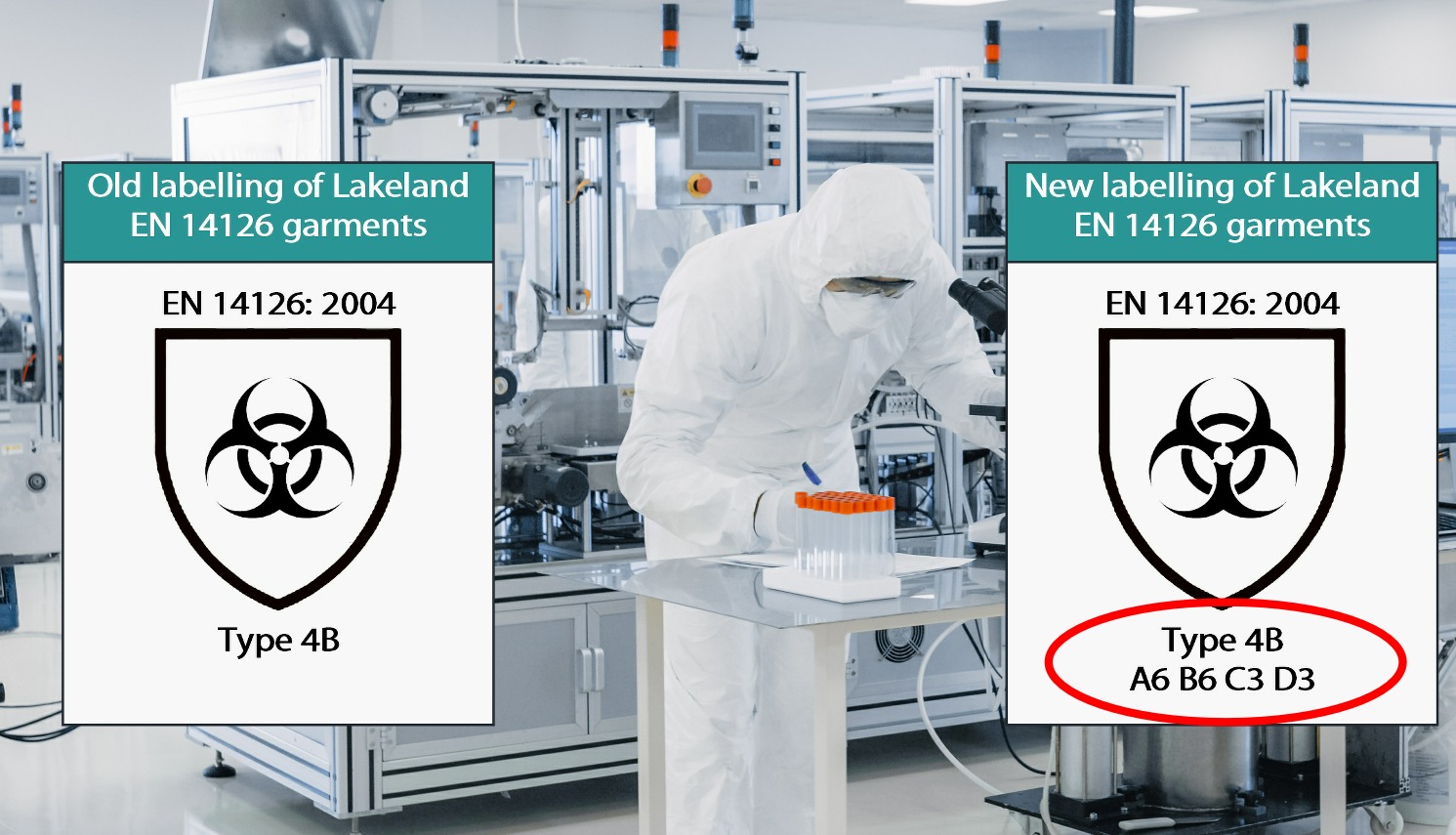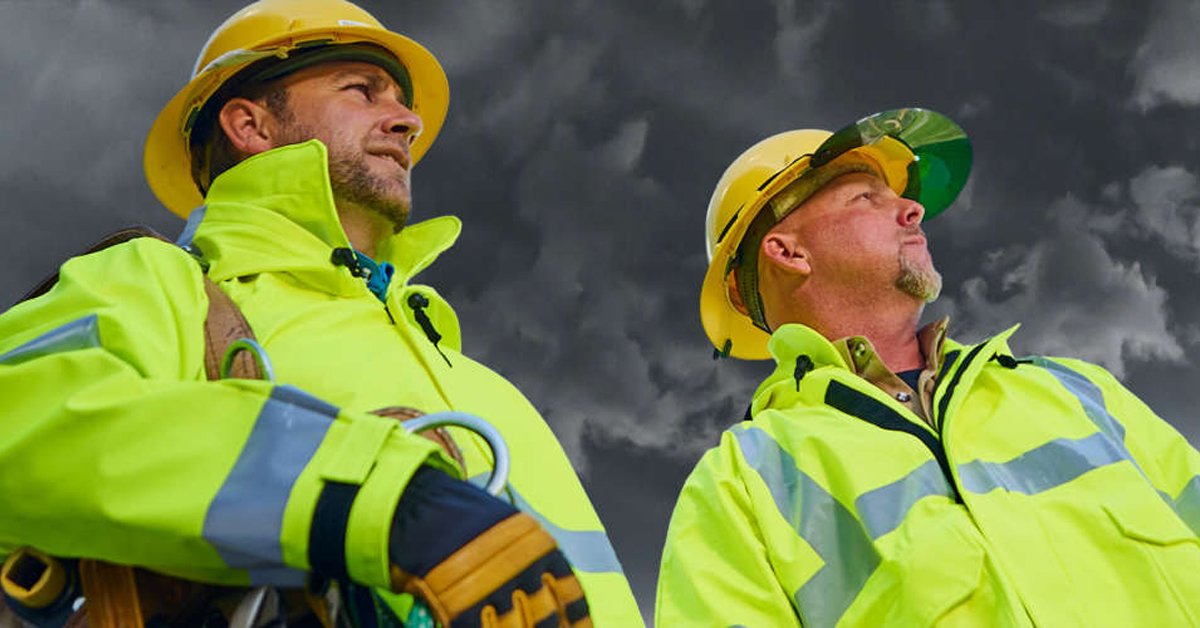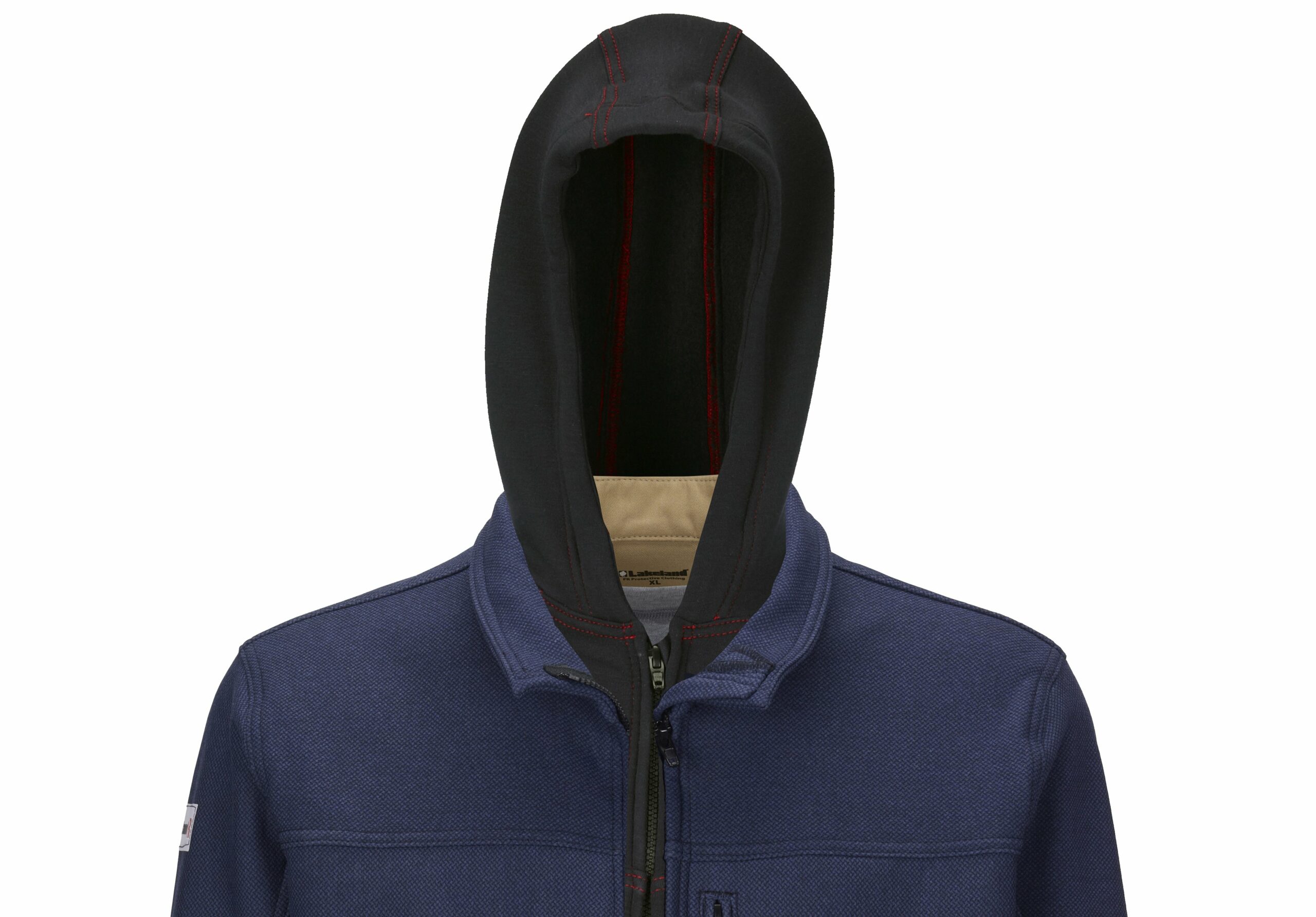Protective clothing used for protection against biohazards and infectious agents has been in news headlines regularly in recent years. In early stages of the Covid-19 crisis PPE, including garments to protect against transmission suffered huge increases in demand making a supply a major headache for most governments around the world, whilst some years ago suitable protective clothing was critical for front line health workers in the fight against the spread of Ebola in the 2015 outbreak in West Africa.
And yet there remains much confusion about the key standard for this type of protection. In some cases, even manufacturers of PPE have made incorrect and misleading claims about the certification of garments to this vital standard.
At Lakeland, we work hard to encourage greater understanding of workplace hazard protection and PPE standards on the basis that better understanding means better protection. After all, our raison d’etre is to help you Protect Your People®. In the case of EN 14126, we felt the temptation to “hide away” the critical information in user instructions and web sites is part of the problem, so we sought ways to make the information more apparent and more easily accessed and understood. The result is a new system of labelling EN 14126 garments so that users can readily see the information they need; the hope is that seeing it would encourage users to understand what it means and thereby better understand the standard and protection against biological and infectious hazards.
What is the confusion over EN 14126 for antimicrobial clothing?
There are several sources of misinterpretation, suffice here to outline the basic facts:-
- The standard contains FOUR (not five) tests designed to measure fabric resistance against penetration by various types of infection – contaminated pressurized liquids, contaminated dry particles, contaminated surfaces, and so on.
- But garments need only be tested to one of these, so users need to understand the type of contamination they are dealing with and ensure garments have been subject to the appropriate test – not just any of the four tests. Unfortunately, too often, this simply does not happen.
- It gets worse. The results of each of these four tests is classified according to the tables within the standard; Classes 1 to 3 or 1 to 6, depending on the test, with the highest number indicating the highest level of protection. Unless users understand this, the garment chosen could have been subject to only one of these tests and could have achieved only the lowest class – the minimum protection level. Or even if subjected to the correct test, the garment may not achieve a suitable classification for the required application.
- The requirements in the standard are that garment labels only need display the EN 14126 pictogram, the standard number, and date and the chemical protective “Type” to which the whole garment is tested. Thus, the information in the points above tends to be hidden away in user instructions and web sites.
- The final confusion has been the common use of a test listed in the standard (ISO 16603) as part of the certification and as an indication of a level of protection, when in fact, the standard clearly states that this particular test is only included as a precursor to the critical ISO 16604 (pressurized contaminated liquids) test, has no classification, and is not intended to indicate any measurement of performance.
These points perfectly comprise an ideal example of how just knowing of CE standards and ensuring PPE is certified is not enough; effective safety managers involved in the selection of PPE for infectious agent protection need to understand; what is in the standard, what tests are used and what those tests are telling you.
How can the relevant information be made easily available for users of biohazard clothing?
In summary, we have a standard with four optional tests and various classifications for each; how can this information be made more accessible? The template was a fairly obvious sideways leap to another similarly structured standard.
EN 11612, as many will know, is the standard for garments to protect against heat and flame. Like EN 14126, it contains several tests to measure fabric resistance against the transfer of different types of heat energy, each optional (at least one must be conducted) and each with classifications for the results to indicate higher or lower levels of protection. It requires that the labelling includes an indication of which of these tests have been conducted and what the result was. This is achieved by identifying each test with a letter and the different classes represented by a number.
So a garment label, along with the EN 11612 pictogram, features a series of letters and numbers, such as B1, D3. In this case, it indicates that the test represented by the letter “B” (radiant heat) was conducted and the result was Class 1 (the lowest class). Meanwhile, the letter D represents the Contact Heat test and the classification achieved was Class 3 – the highest class).
How does fireproof clothing provide a template for biohazard clothing labelling?
Clearly this system used in EN 11612 can easily be transferred to EN 14126.
The four tests can be represented by the letters A, B, C, and D, with the classifications represented by the numbers 1 to 3 or 1 to 6 (classifications for two of the tests go from 1 to 3, the others from 1 to 6). This seems such an obviously beneficial change to make that although we have proposed it to the committee addressing changes in protective standards (it is currently in discussion), we decided to press ahead and make this change on all our garment labels immediately.
As a result, below are the old and current pictogram displays on the labels for MicroMax® TS – a garment commonly used for infectious agent protection.

The new label on the right includes the codes A6 B6 C3 D3. These are easily interpreted as:
- A6 means the fabric is tested to the ISO 16604 test and has achieved class 6.
- B6 means the fabric is tested to the ISO 22610 test and has achieved class 6.
- C3 means the fabric is tested to the ISO 22611 test and has achieved class 3.
- D3 means the fabric is tested to the ISO 22612 test and has achieved class 3.
If other manufacturers were to adopt this standard, it would not only make this important information more accessible; it would make the task of ensuring a garment has been subjected to an appropriate test easier. Moreover, it would make a comparison of the relative performance of different garments more straightforward.
For example, the MicroMax TS garment above achieves the highest class in all four tests. Yet another garment might achieve only class 1 in one of the tests – and yet both might be certified to EN 14126. This labelling makes differences in performance much more apparent.
This makes all of the important, detailed information (which normally must be found in the small print in User Instructions or in the depths of a web site) readily available on the garment itself, a change which can only be viewed as positive.
Users of Lakeland garments certified to EN 14126 will shortly see this change in labelling on product delivered. We have also proposed making this requirement compulsory as part of the next revision to the EN 14126 standard – though this could of course take many years to come about, if at all.
A challenge to manufacturers of biohazard protective clothing
This is such an evidently positive change that I challenge all manufacturers, in the interests of transparency and honesty, to follow Lakeland’s lead and introduce this system on all EN 14126 garments as soon as possible. There really is no excuse or reason not to! To assist, I have provided a link to a downloadable PDF summary of the system here.


